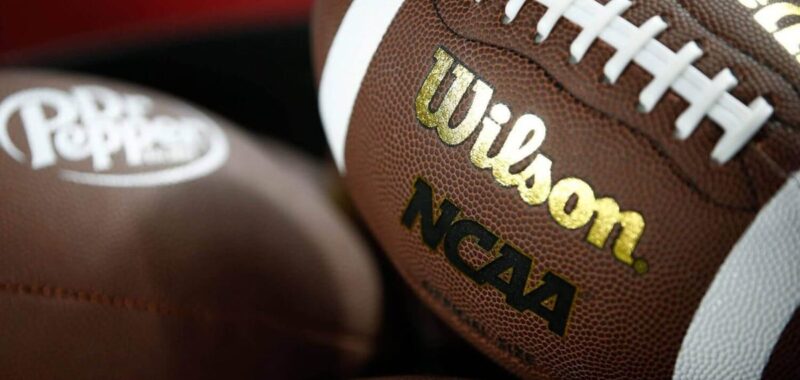The proposed House v. NCAA settlement, which includes the landmark $2.78 billion settlement of three separate antitrust cases facing the NCAA and power conferences, received preliminary approval on Monday from Judge Claudia Wilken in the Northern District of California, clearing the way for schools to begin paying players directly through revenue sharing as early as 2025.
The approval moves the settlement to the next stages of the legal process. It comes after a preliminary hearing in September during which Wilken sent the settlement parties “back to the drawing board,” mainly over issues regarding proposed restrictions on third-party name, image and likeness (NIL) payments to college athletes.
Lawyers representing both sides of the settlement — which aims to resolve the House, Hubbard and Carter antitrust lawsuits — filed a revised version of the settlement agreement late last month that aimed to clarify use of the term “booster,” the original language on third-party NIL collectives and what specifically constitutes the pay-for-play inducements the NCAA is aiming to eliminate as part of the settlement.
Wilken, who previously presided over the notable Alston and O’Bannon cases against the NCAA, did not provide a reason for granting preliminary approval on Monday. The settlement is not yet finalized, but it can now progress to next steps, which includes notifying class members: former athletes eligible for damages payments and current athletes eligible for the optional revenue sharing. A final approval hearing has been tentatively scheduled for April 7, 2025. If granted, direct revenue sharing between schools and college athletes would be implemented next July.
This post will be updated.
(Photo: Isaiah Vazquez / Getty Images)

